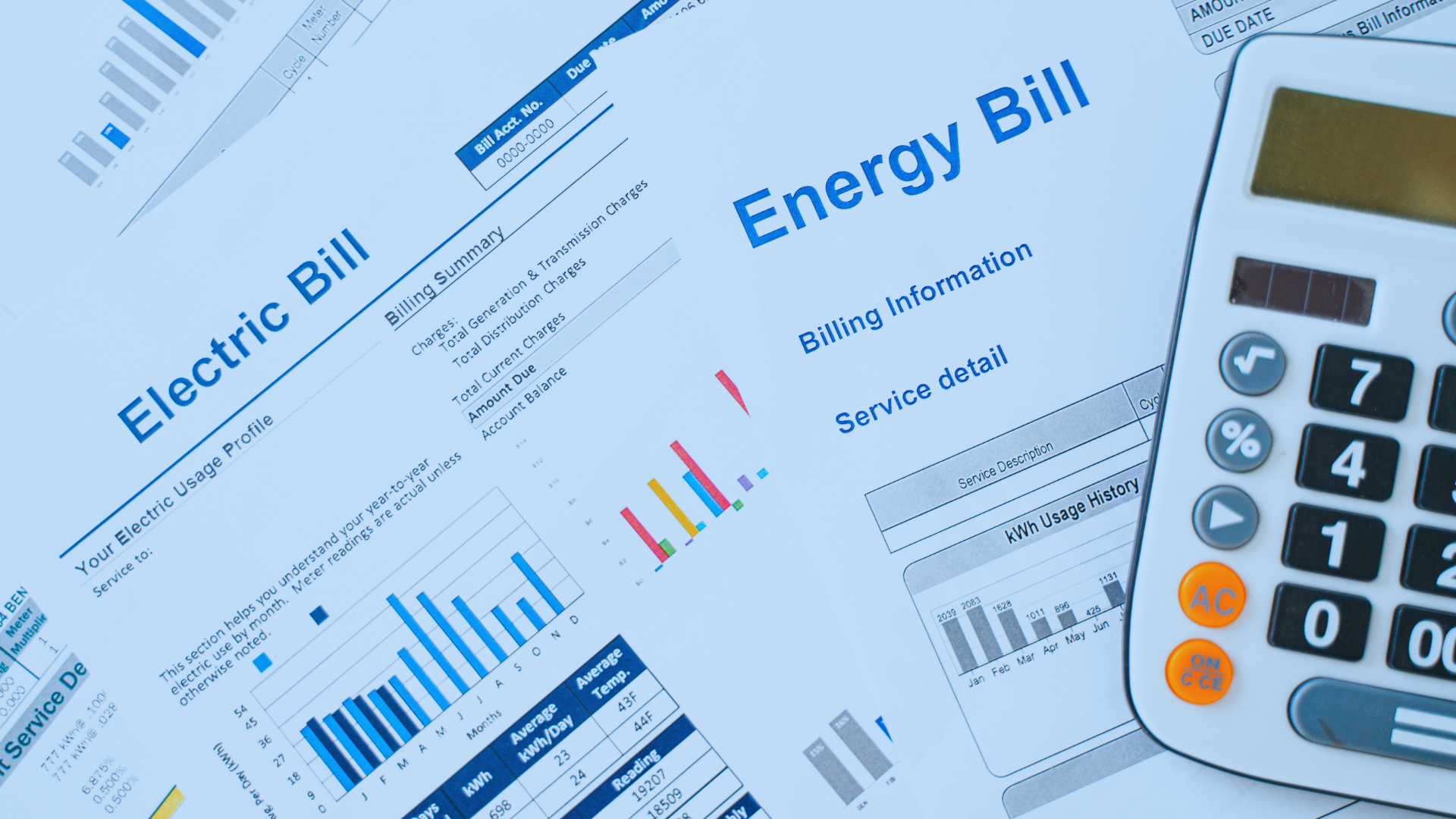The Science Is Clear on the Dangers of Planet-Heating Pollution
This post was co-authored by EDF Climate Scientist Fiona Lo and was updated on Aug. 7, 2025.
The Trump EPA is trying to reverse the Endangerment Finding – the science-based determination that climate pollution harms public health and welfare. That’s in spite of mountains of scientific evidence confirming that climate pollution is driving extreme weather events and putting people at risk.
The scientific evidence was clear that climate pollution endangers public health and welfare when EPA issued the Endangerment Finding in 2009 – but it is even clearer now:
Temperatures are rising
- Observational data show that global average temperatures have already risen 2.3°F since the pre-industrial era.
- Since 1970, the continental U.S. has been warming 60% faster than the global average.
That is because of the burning of fossil fuels
- Scientific evidence that humans are causing climate change is “unequivocal” and clearly shows that most of the rise in temperatures is due to the burning of fossil fuels.
- Burning fossil fuels releases carbon dioxide, which, along with other greenhouse gases like methane and nitrous oxide, traps heat in the atmosphere. Levels of these gases are now higher than they have been in more than 800,000 years.
Increased heat changes the climate, resulting in more frequent and intense extreme weather events
- These include extreme temperatures on land and in the ocean, heavy precipitation events, droughts, and enhanced conditions for wildfires.
- Scientists can determine how climate change affected the likelihood or severity of many extreme weather events – like making the 2021 Pacific Northwest heat wave eight times more likely.
Climate change endangers our lives and health
- Extreme heat exposure now causes thousands of deaths, more than 100,000 emergency room visits, and approximately $100 billion in lost labor productivity each year across America.
- Higher temperatures worsen air quality and increase the spread of diseases like Lyme and West Nile.
- Wildfire smoke exposes millions to unhealthy air, resulting in heart and lung diseases and deaths.
Climate change endangers the ecosystems we depend on
- Warmer winters reduce snow pack, posing an unprecedented threat to the water supply for millions throughout the Western United States. That means less water to drink, grow crops, create electricity, and provide recreation.
- Higher temperatures kill coral reefs and trees.
- Higher temperatures threaten water quality by exacerbating the growth of pathogens and harmful algal blooms.
- Shifts in weather patterns can lead to lower crop yields, increasing prices and reducing quality of household staples like rice, coffee and wheat.
Climate change endangers our infrastructure and economy
- Almost 150 million Americans were living in coastal areas as of 2020, where sea level rise is worsening flooding. Some communities have already had to relocate, and others are spending billions of dollars to remain in place.
- Climate change is contributing to more intense rainfalls, leading to flooding, infrastructure damage, and contamination of drinking water.
- Increased disaster costs are disrupting insurance markets – raising costs for Americans and, in some areas, making it difficult to get coverage.
Climate change harms by the numbers
- Since 2009, the amount of carbon dioxide in our atmosphere has increased 10.5% (NOAA)
- Since 2009, global sea level rise has increased by more than two inches (NOAA)
- Since 2009, the U.S. has seen a 200% increase in billion-dollar weather disasters, adjusted for inflation – and an exponential increase in deaths from those disasters (NOAA)
- Since 2009, the U.S. has seen a 34% increase in the frequency of heat waves and a 17% increase in the duration of those heat waves (EPA)
- 8 of the 10 hottest years on record for the contiguous U.S. have occurred since 2009 (NOAA)
There is some good news. Cost-effective clean transportation and clean energy solutions exist that can address the climate crisis, save consumers money, and support a high quality of life for all Americans at the same time. In fact, clean energy sources including wind, geothermal, and solar are now the least expensive sources of electricity per megawatt-hour in the United States.
You can find all this information and more on EDF’s fact sheet.












